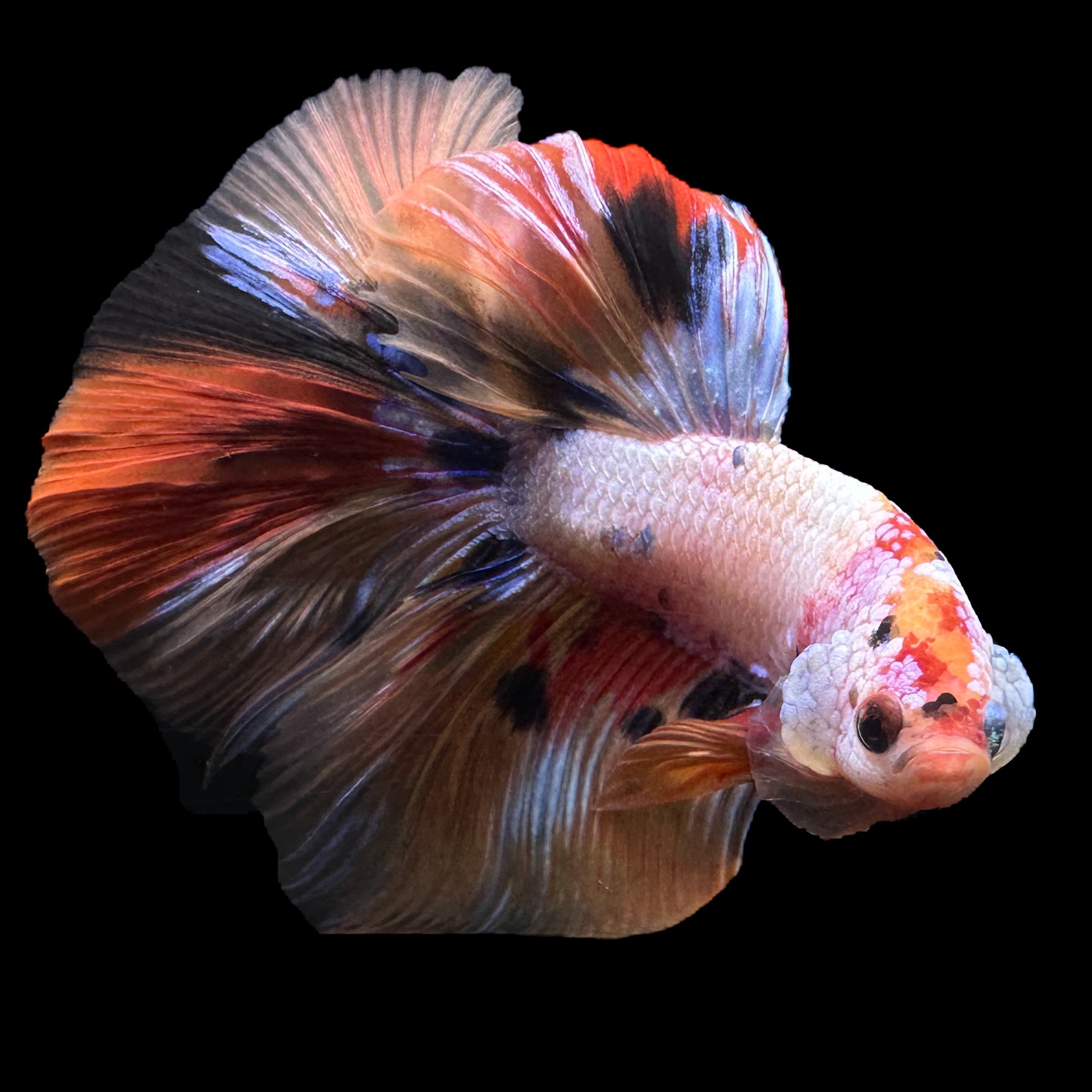How to Present Betta Fish to a Community Container Safely
How to Present Betta Fish to a Community Container Safely
Blog Article
Just How to Breed Betta Fish Effectively: Expert Strategies and Insights for Hobbyists Wanting To Expand Their Betta Collection
Breeding Betta fish calls for a nuanced understanding of genetics and environmental conditions, making it vital for enthusiasts to come close to the process with both persistance and treatment. Developing an optimal breeding setting, choosing the right pairs, and observing the details of their courtship actions are fundamental steps that can significantly influence the outcome.
Recognizing Betta Fish Genetics
Recognizing the genes of Betta fish is vital for successful breeding, as it influences qualities such as shade, fin shape, and behavior. Betta fish display a diverse array of colors and patterns, mostly determined by their genetic make-up. The key genetics responsible for pigmentation consist of the "B" gene for blue, "D" genetics for red, and the "C" genetics for shade intensity. Breeders can adjust these traits by choosing certain parent fish that exhibit preferred features.
Along with pigmentation, fin morphology is another substantial facet of Betta genetics (betta fish). The sizes and shape of fins are affected by numerous genes, including those that determine whether the fins are short, long, or veil-shaped. Understanding these genetic variants aids breeders anticipate the phenotypic end results of their spawn
In addition, behavior qualities such as aggressiveness and territoriality can likewise be influenced by genetics. These behaviors play a crucial function in the reproducing procedure, as they can impact generating success and the overall character of the resulting fry. By thoroughly recognizing these hereditary concepts, dog breeders can make educated decisions, inevitably improving their breeding programs and attaining desirable outcomes.
Preparing the Reproduction Setting
Producing an optimum reproduction environment is important for the successful recreation of Betta fish. The initial action in preparing this environment is to select a proper breeding tank, ideally varying from 5 to 10 gallons.
Following, consider making use of a sponge filter or an air stone to supply mild water blood circulation without creating solid currents that can emphasize the fish. It is necessary to install plants or reproducing cones to use concealing spots and promote convenience for the woman during the spawning process. Floating plants, such as Java moss or water sprite, can additionally create a more native environment while facilitating bubble nest structure by the man.
Before introducing the breeding pairs, make certain the water is conditioned and totally free from harmful chemicals, such as chlorine or heavy steels. betta fish. Normal water adjustments ought to be conducted to maintain optimum water quality, boosting the opportunities of successful reproduction. With these preparations in position, the breeding environment will sustain the health and health of both Betta fish
Choosing Reproduction Pairs
Choosing the right breeding sets is crucial for achieving successful Betta fish recreation. When picking your breeding pairs, take into consideration several essential variables consisting of wellness, personality, and genes. Healthy Betta fish display vivid shades, clear eyes, and active behavior. Picking fish that are free from illness makes certain a far better possibility of producing feasible children.
Character is an additional important consideration, as Betta fish are recognized for their aggressive nature. It is a good idea to pick a male and woman that show compatible personalities to minimize stress and anxiety during the breeding process. A calm male can encourage a smoother courtship, while a woman that is also aggressive might interrupt the procedure.
Genetic history additionally plays a significant duty in the quality of the offspring. Breeding fish that are genetically diverse can lower the risk of hereditary wellness problems and improve the overall vitality of the fry. It is valuable to look into the lineage of both the male and lady, concentrating on desirable characteristics such as fin type, color scheme, and size.
The Reproduction Process
The breeding procedure of Betta fish requires careful preparation and interest to detail to make certain a successful end result. It is essential to prepare a suitable breeding container, ideally a 5-10 gallon aquarium with a temperature preserved at 78-80 ° F. The tank should be outfitted with a heater, filter (ideally sponge kind to avoid solid currents), and lots of water plants for the female to hide.
Once the setting is set, present the selected reproducing pair to the container, allowing them to adjust. Observe their actions; the male will certainly display intricate courtship routines, including flaring his fins and building a bubble nest. If the woman reveals rate of interest, she will present vertical stripes suggesting readiness for spawning.
When the lady is receptive, the pair will certainly involve in a breeding welcome, throughout which the male feeds the eggs. Keeping optimum water problems throughout my review here this period is crucial for the growth of healthy Betta fry.
Caring for Betta Fry

Feeding Betta fry is crucial, as they require a diet high in protein. They can be fed infusoria or fluid fry food, transitioning to carefully crushed top quality pellets as they grow. Feed tiny sections numerous times a day to encourage healthy growth without straining the tank with leftover food.

As they develop, monitor their development carefully and divide any hostile individuals to avoid harm. By supplying a supporting over at this website environment and appropriate nourishment, hobbyists can effectively increase Betta fry into dynamic, healthy fish, inevitably improving their breeding endeavors.
Final Thought
Effective Betta fish breeding needs meticulous focus to genetic choice, environmental conditions, and treatment for the fry. By understanding the genes of Betta fish and preparing an appropriate reproduction setting, hobbyists can boost the chances of creating lively, healthy and balanced offspring.
Report this page